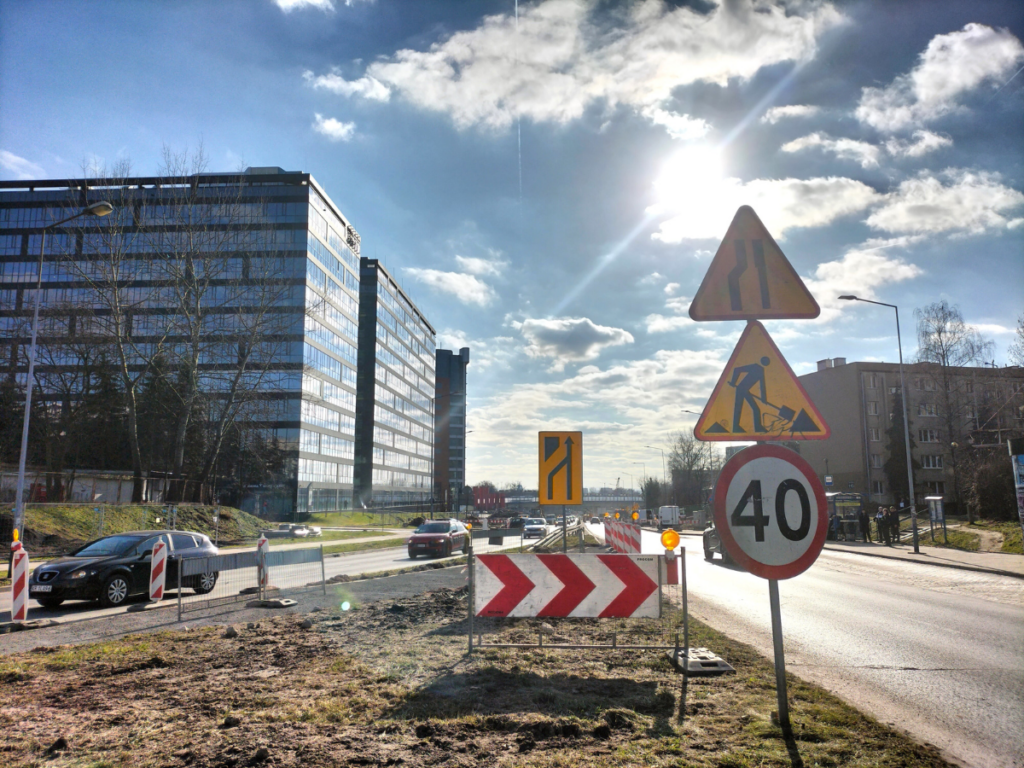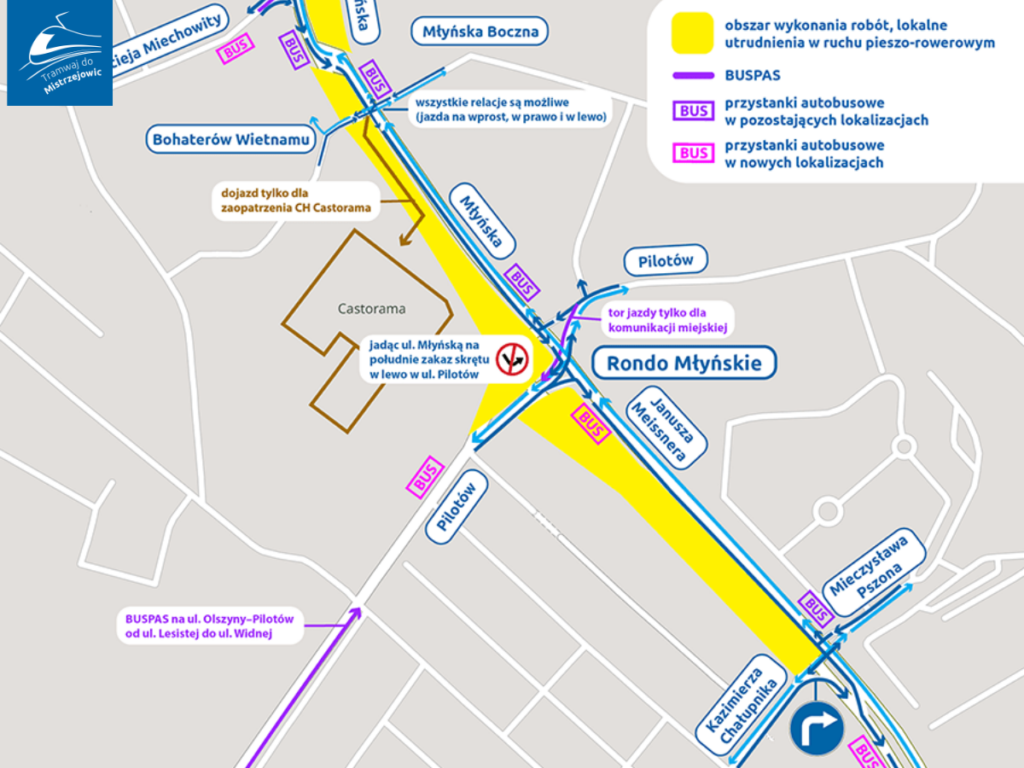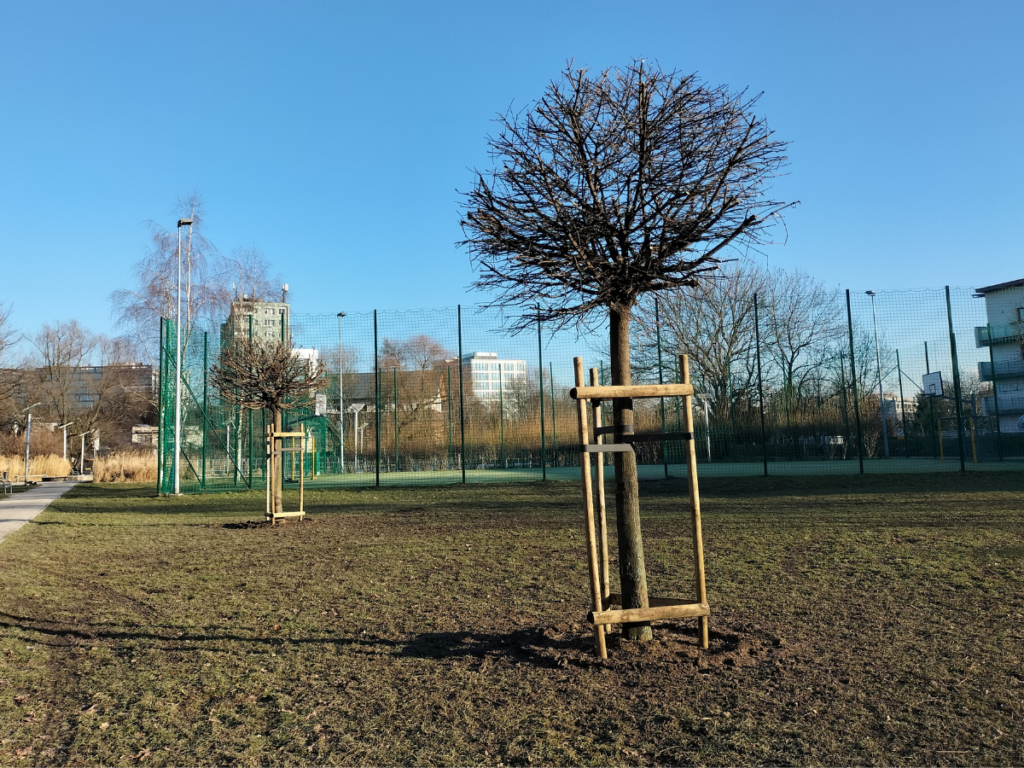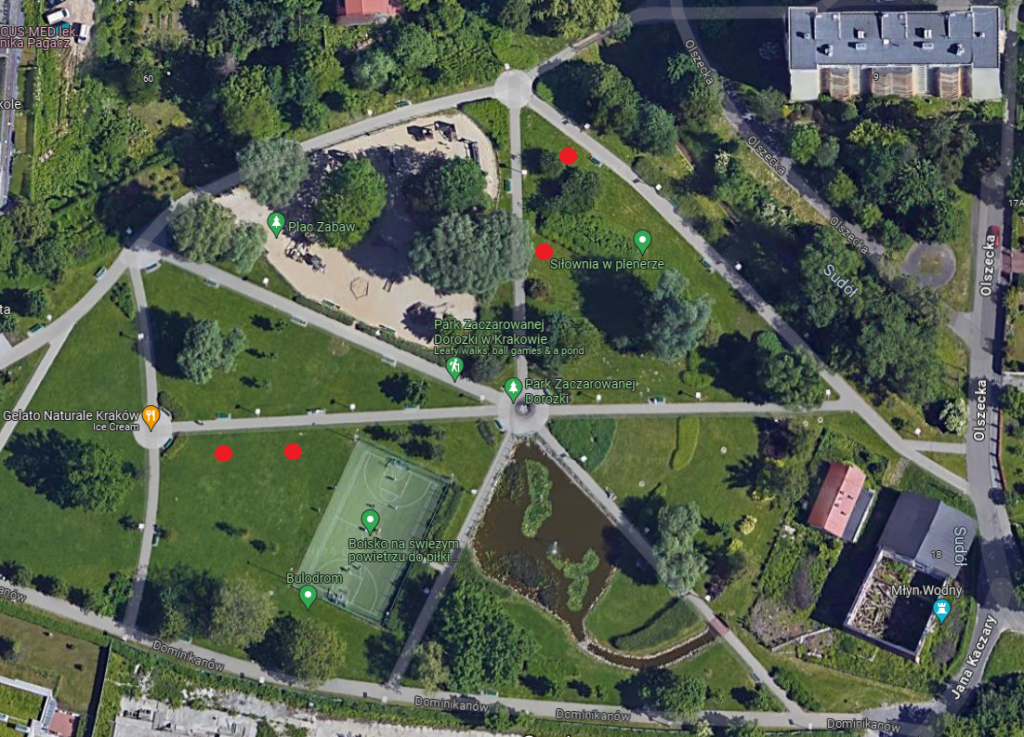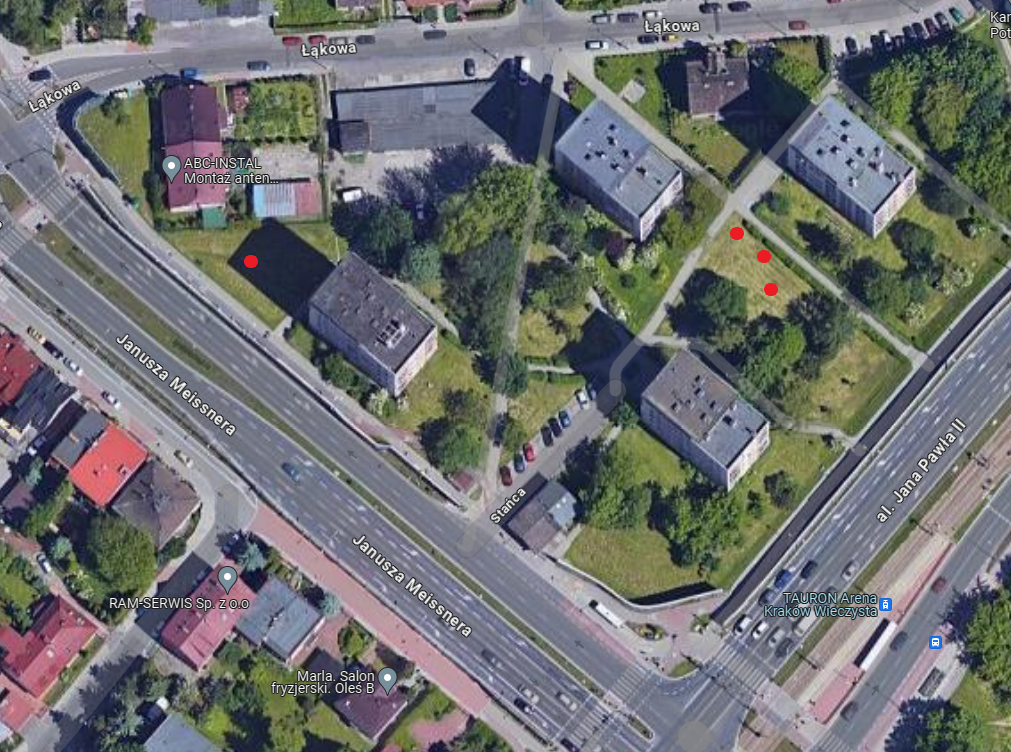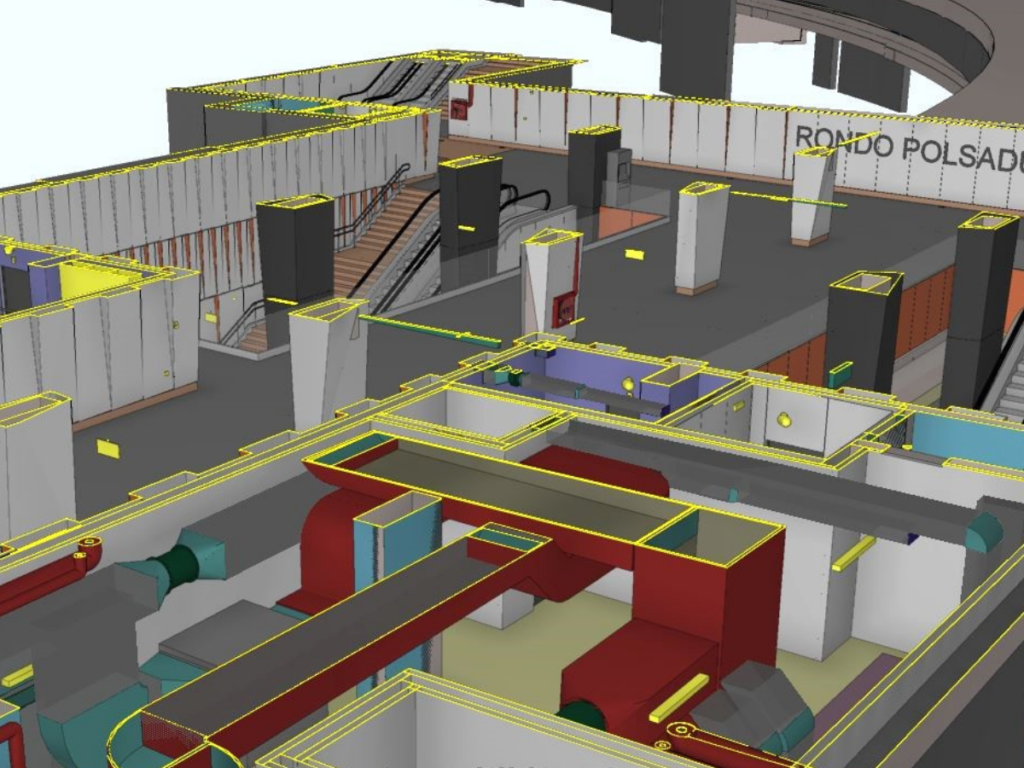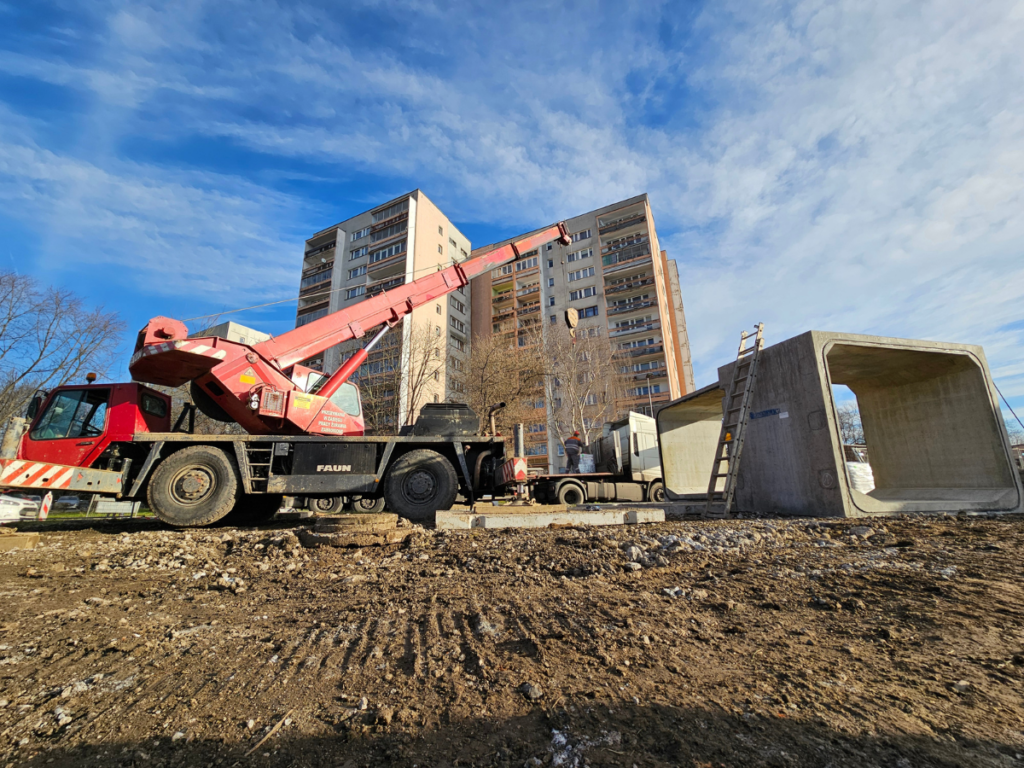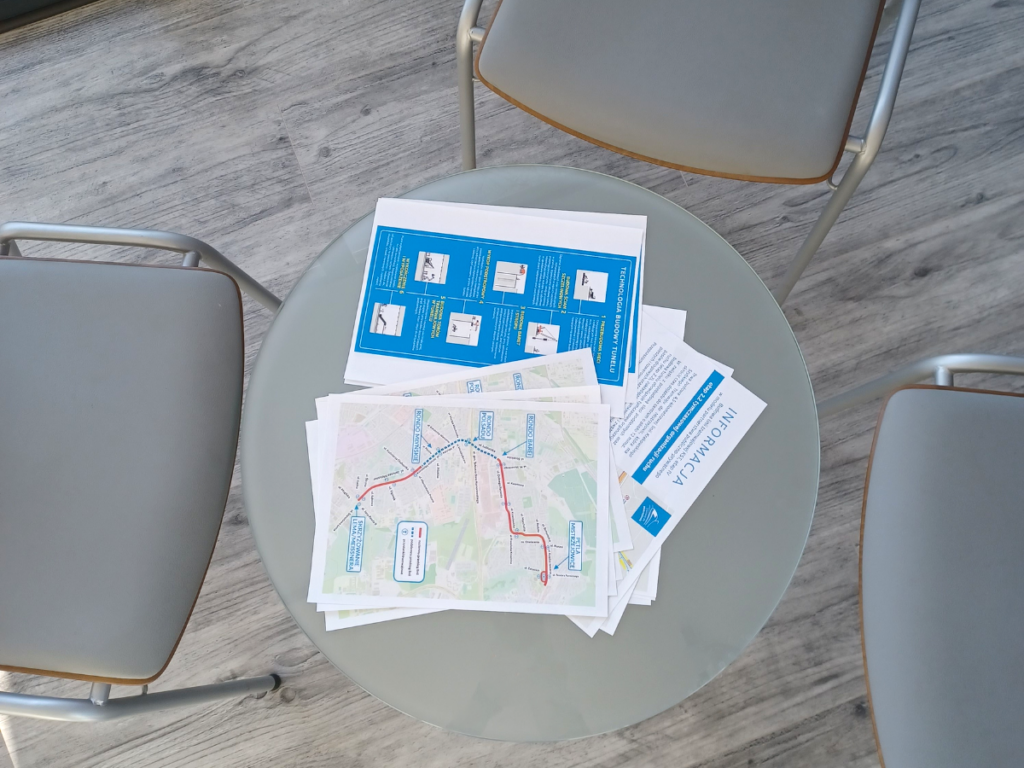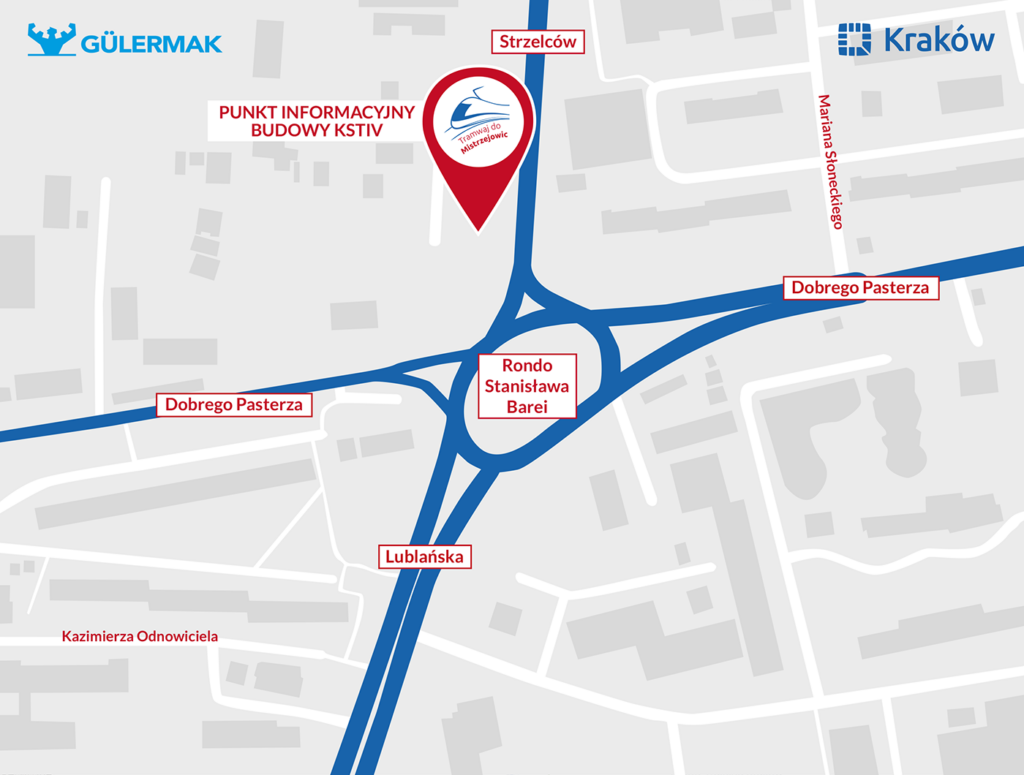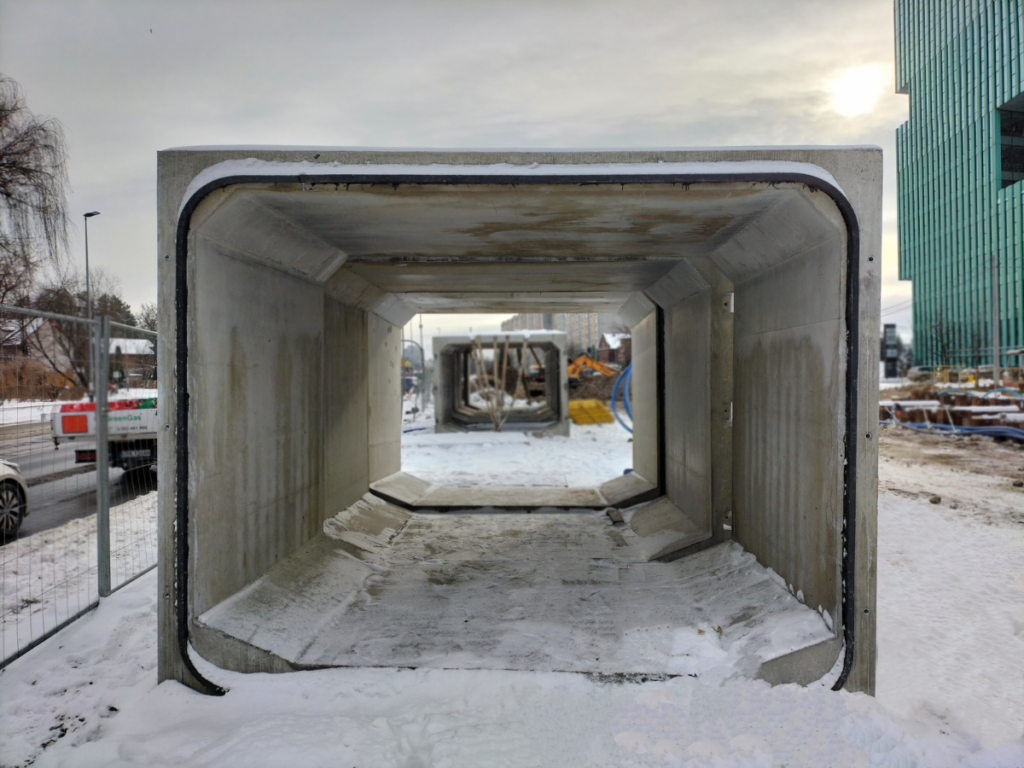The construction of a tunnel as part of the emerging tram line to Mistrzejowice is one of the biggest engineering challenges of the project. One of the key aspects is the use of BIM technology. What does it involve? We explain.
Building Information Modelling (BIM) is an advanced method of creating, managing and analysing building project information that contains highly detailed data and covers a wide range of processes. BIM brings together all relevant project information resources (technical, geometric, cost, other) to provide a comprehensive platform.
What it means, or say it “not in engineering terms“
BIM is a technology used in the construction industry to help create, manage and analyse information about buildings or infrastructure in a digital and 3D way. Imagine a building is like a jigsaw puzzle, but instead of using cardboard pieces, we use virtual elements that can be moved, rotated and adjusted in any way.
In BIM, each element of a building is modelled in 3D. At the same time, each of these objects has data associated with it, such as materials, dimensions, technical properties or cost information. It is as if we added to each element with a description of what it relates to what it can be used for.
This technology enables collaboration between the various professionals involved in the construction process, such as architects, engineers, plant designers or builders. With BIM, they can work on one common model, which facilitates communication and eliminates errors due to inconsistencies between different documents or drawings.
In addition, BIM allows different scenarios to be simulated and the impact of changes on the entire project to be analysed, helping to make better decisions at each stage of construction. In other words, with BIM we can plan, design and build better, leading to more efficient construction projects.
In PPP projects, the partner is responsible for comprehensive implementation from design to construction to maintenance for a specified number of years. In this case, there is a need for effective communication and data flow between many stakeholders such as the client, designers, administration, operators, managers of individual infrastructure elements, contractors, internal departments of the company, supervision inspectors, subcontractors.
With access to extensive data, teams from different trades can work on a project simultaneously, seeing changes in real time. BIM technology improves the efficiency of the construction process by reducing the risk of errors and clashes, optimising costs and speeding up project delivery. In the context of the construction of the Tram to Mistrzejowice, the implementation of BIM has become essential to achieve a high level of safety and to run the project to the highest quality standards.





